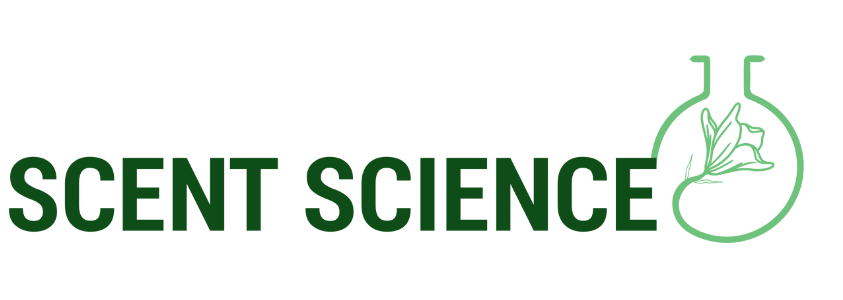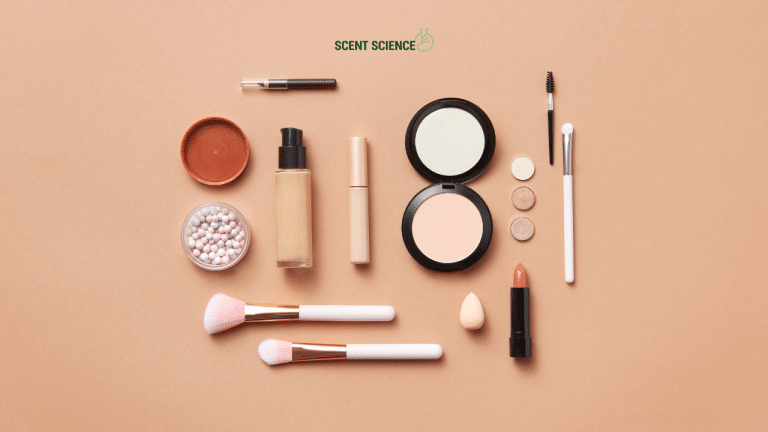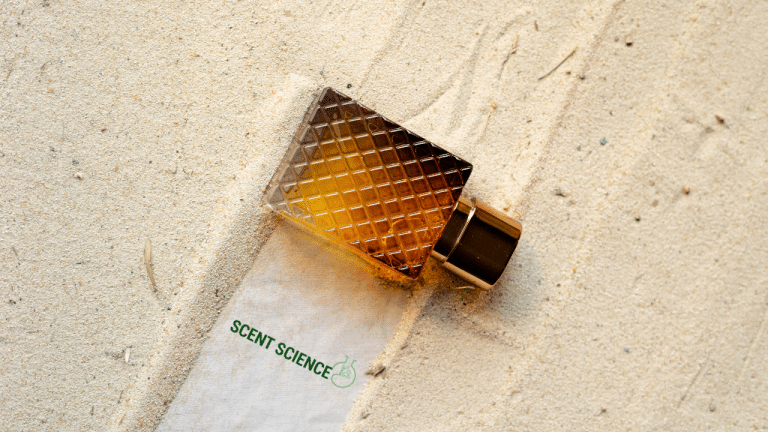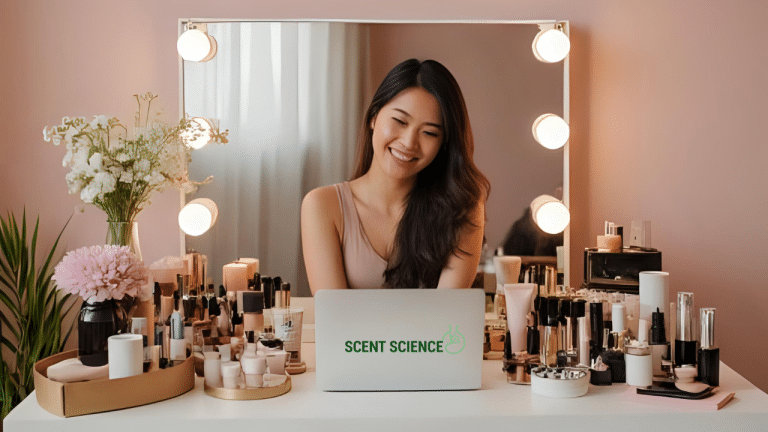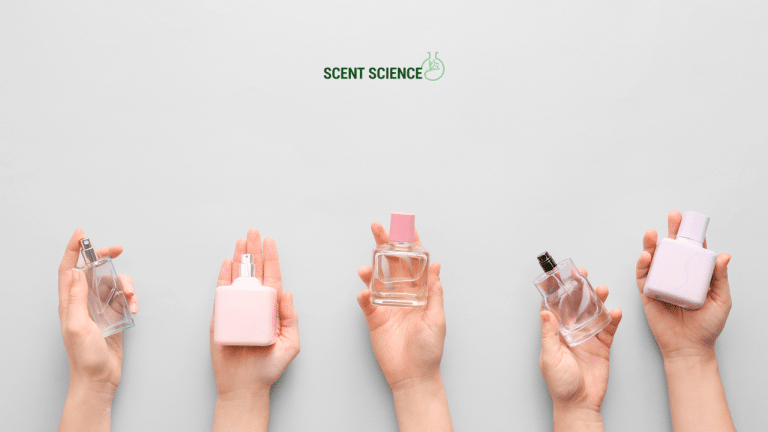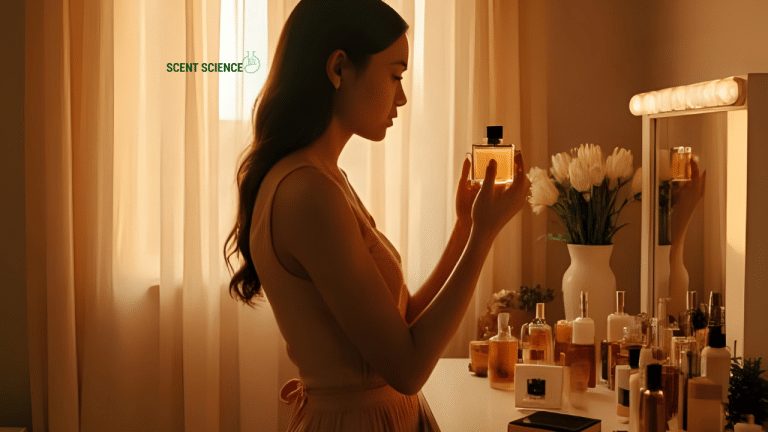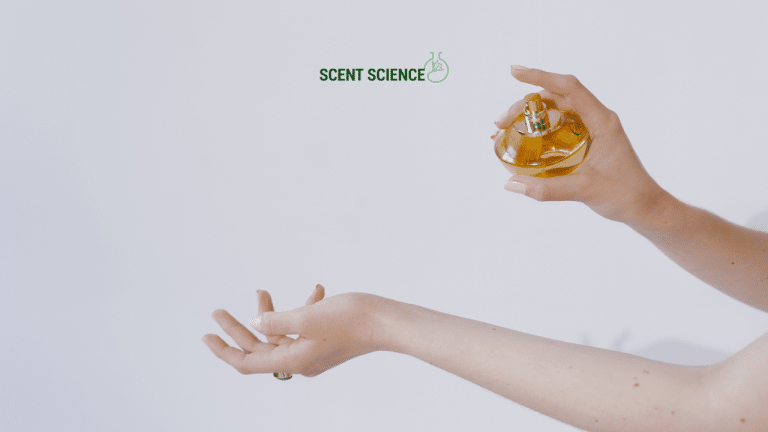In a rapidly evolving world, where technology seamlessly integrates with age-old traditions, we find ourselves at a fascinating juncture: the fusion of artificial intelligence with the aromatic alchemy of perfumery. 🧪 Let’s delve into how AI-generated fragrances are setting a new standard in the art and science of scent creation, redefining personalized experiences with precision and creativity that was previously unimaginable. The potential for AI fragrance technology revolution is vast, offering new paradigms in how we experience and personalize scents.
Table of Contents
ToggleThe Dawn of AI Fragrance Technology
Imagine walking into a store and finding a perfume that’s been custom-designed just for you, perfectly balanced with your preferences, captured memories, and even your mood. Thanks to AI fragrance technology, this is no longer a flight of fancy but a veritable reality. At the heart of this transformation is AI’s ability to process vast data sets and unravel the complexities of scent profiles with molecular precision. The integration of AI in perfume creation, blending perfumers’ expertise with algorithmic precision, is pivotal in crafting these highly personalized scents.
How AI Transforms Fragrance Formulation
- Data-Driven Insights: AI systems, equipped with machine learning algorithms, analyze consumer data to discern scent preferences. By assessing factors such as emotional responses, past purchases, and concentration preferences, AI can predict a customer’s favored fragrance notes with remarkable accuracy.
- Molecular Profiling: Using AI, chemists are now able to construct molecular profiles of scents, allowing for precise formulation adjustments and novel combination discoveries that were previously confined to laborious trial and error methods. This is particularly evident in the use of bioengineered fragrance ingredients that expand the possibilities of scent creation.
- Custom Scent Algorithms: These intricate algorithms model and simulate the molecular interactions under different conditions, learning optimal scent compositions that align with consumer data, thus fueling the creation of infinitely adaptable personalized fragrances. The AI fragrance design guide to custom scents is becoming an essential tool for perfumers seeking to leverage these advanced capabilities.
Technical Breakdown: The Anatomy of AI Fragrance Systems

At its core, an AI fragrance system functions through machine learning techniques akin to neural networks, which iteratively enhance their predictive capabilities. These systems are constantly evolving, allowing for a deeper understanding of complex scent interactions. This evolution is also influenced by the rise of AI in perfumery, which is fundamentally changing scent formulation methods.
- Neural Networks and Deep Learning: Inspired by human neural patterns, deep learning analyzes complex sensory inputs. It deconstructs odors into digital components, thereby enhancing AI’s ability to understand abstract fragrance profiles.
- Natural Language Processing (NLP): Brands employ NLP for understanding customer descriptors (earthy, floral, woody) in feedback and reviews, which these systems interpret and incorporate into custom scent algorithms for personalization.
Real-World Applications and Case Studies
Philyra by IBM and Symrise: A pioneering AI application, Philyra assists perfumers by analyzing ingredient databases and predicting successful compositions. Its breakthrough includes the debuting of two perfumes in 2019 designed alongside customers at major fragrance houses, encapsulating AI’s potential in marrying creativity and science. This exemplifies how machine learning perfumes are revolutionizing fragrance creation.
Givaudan’s Carto: This AI system places emphasis on visual creativity and formulation. By using an intuitive tablet interface, perfumers can visualize scent compounds, enhancing their workflow and creativity. This visualization speeds up formulation planning and revision phases, demonstrating an evolutionary leap from traditional perfumery methods.
The Science of Personalized Perfume Technology
- Chemoinformatics: This interdisciplinary field applies artificial intelligence to chemical data, bridging the gap between organic chemistry and computational models to predict olfactory phenomena.
- Reverse Engineering: AI can deconstruct competitor fragrances to identify proprietary blends while remaining within the bounds of intellectual property, fuelled by its computational precision. This ability is integral to the AI in fragrance development landscape, offering new insights into scent creation.
- Genome Sequencing: Interestingly, scent preferences have genetic underpinnings. AI uses genetic algorithms to foresee reactions between diverse fragrance components and individual genetics, offering personalized aromatic products beyond surface-level preference tests. This aligns with the notion that mood-based fragrance is the future of scents, driven by personal genetic makeup.
Industry Insights and the Path Forward

Standards and Best Practices
The fragrance industry is witnessing a reformation with AI taking center stage, consequently spurring new standards and best practices:
- Transparency and Ethics: As AI technology shapes perfume profiles with individualized data, concerns over data privacy and synthetic content labeling necessitate transparent processes and ethical oversight.
- Sustainability: The efficiency provided by AI technology also equates to less waste. Formulations can be simulated and refined digitally before any physical testing occurs, minimizing the resource expenditure associated with traditional methods. This aligns with the goals of AI-powered sustainable fragrances, promoting a more eco-friendly approach to scent creation.
- Innovation in Retail: Retail experiences are revolutionized by AI, enabling kiosks and online configurations where consumers customize fragrances in real-time, selecting notes through personalized digital interfaces and enjoying scent samples via sensory technologies.
Professional Insights: Opportunities and Challenges

The Promise: As custom scent algorithms evolve, they empower niche perfumers and artisans to create distinguished, signature scents without heavy laboratory investments. AI thereby democratizes perfumery, empowering small players with powerful tools otherwise exclusive to large corporations. This technological democratization is at the heart of AI vs. human perfumers, where both entities collaborate to enhance creative outcomes.
The Caution: Yet, the rise of AI fragrance technology poses challenges, notably in balancing human creativity with machine intelligence. As AI becomes more involved in creative processes, a purist debate arises within the industry: can machines ever truly capture the intangible essence of human creativity? This question is particularly relevant as the industry explores viral scent hack methods that blend traditional expertise with digital innovation.
Recommendations for Industry Professionals
- Integration and Upgradation: Stay ahead by integrating AI-based tools into traditional workflows, ensuring seamless coexistence of human intuition and machine precision.
- Skill Development: Embrace the digital age with courses in AI and data analytics, understanding that AI not merely augments but transforms scent-around practices. This transformation is akin to the viral scent hack phenomenon, where rapid adoption of new methods leads to innovative breakthroughs.
- Collaborative Engagement: Foster collaborations with tech companies to access cutting-edge algorithms, contribute to evolving standards, and remain competitive in a tech-infused market.
Wrapping up: Experience the Revolution 🌍
In conclusion, AI’s role in fragrance creation has astoundingly transformed this craft—from a historical interplay of natural materials to today’s sophisticated science. With AI, perfumery has transcended mere reproduction of past principles and boldly forges new paradigms of personalized olfactory experiences, embracing hyper-efficiency, unprecedented precision, and individual distinction. 🌟 As illustrated in the advanced fragrance AI future, technology continues to push boundaries and redefine what’s possible in scent creation.
As the world reconciles the romance of scent with technological prowess, those who adapt and innovate will lead the charge in crafting the new aromatic future. Trust in AI fragrance technology, for the promise it holds is nothing short of revolutionary.
Frequently Asked Questions
What are the benefits of using a hair mask in my hair care routine?
Using a hair mask can provide several benefits, including hydration, smoothing, strengthening, curl definition, heat protection, and damage repair. Hair masks infuse the hair with moisture, help coat the hair shaft to seal split ends, reduce breakage, and protect the hair from heat styling and environmental damage[1][4].
What ingredients should I look for in a hair mask?
Effective hair masks often include ingredients such as coconut oil, argan oil, shea butter, honey, avocado oil, green tea, and coconut water. These ingredients provide nourishment, moisturize, and protect the hair, offering benefits like softening, moisturizing, and protecting against damage[2][5].
How often should I use a hair mask in my routine?
You should use a hair mask whenever your hair feels dry, unmanageable, or in need of intense hydration. This can vary depending on your hair type and needs, but generally, using a hair mask once or twice a week can help maintain healthy and moisturized hair[1][4].
How do I apply a hair mask for the best results?
To apply a hair mask effectively, shampoo your hair first, then apply the mask, focusing especially on the ends where hair tends to be the most damaged. Leave the mask on for anywhere from 10 minutes to overnight, depending on the type of mask and your hair’s needs[1][4].
References